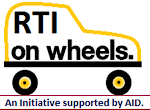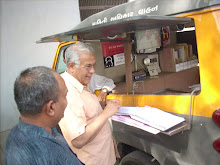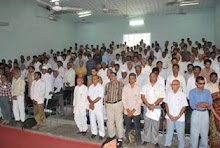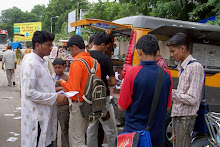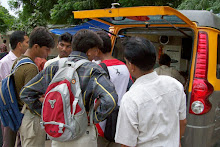The Hindu: Madurai: Wednesday,
November 19, 2014.
Periodic intervention by voluntary agencies to
rescue bonded workers not withstanding, bonded labour is prevalent in many
districts of Tamil Nadu in rice mills, brick kilns and other places.
Details of prevalence of bonded labour, obtained
by Evidence, a Madurai-based non-governmental organisation, using the Right to
Information Act, for the period from January 2010 to June 2014 reveal that 44 per cent of rescued workers were from Orissa and other northern States.
Most of the released workers belonged to Scheduled
Castes and many employers had engaged children in their units. But no arrest
had been made during the period even after registration of cases.
According to the RTI data, 864 bonded workers were rescued
from nine districts during the period. They included 52 children (below 14 years) and 420 women.
Tiruvallur district accounted for the highest
number of 509 bonded labourers, and 379 among them were from North India. Interestingly, there are no bonded
workers in The Nilgiris, Theni, Tiruchi, Tiruvarur, Tuticorin, Karur and
Dindigul districts as per the data. According to the applicant, data could not
be obtained for Cuddalore, Madurai, Nagapattinam, Sivaganga, Tiruvannamalai,
Villupuram, Ramanathapuram and Krishnagiri districts.
Though the laws are clear that a rescued bonded
labour shall get Rs.20,000 and 2.5 cents of land, a survey conducted by Evidence indicates that only six
persons among the 864 had received Rs.20,000.
As many as 165 rescued labourers got Rs.19,000; three of them were given Rs.2000 each; 690 labourers received just Rs.1,000 and three could get 2.5 cents of land each.
The replies under the RTI Act also showed that 551 persons were engaged in rice mills, 106 in brick kilns, 78 in sugarcane cutting and other menial jobs. According to A. Kadir,
executive director, Evidence, 131
cases had been booked against the employers but not a
single person had been arrested.





